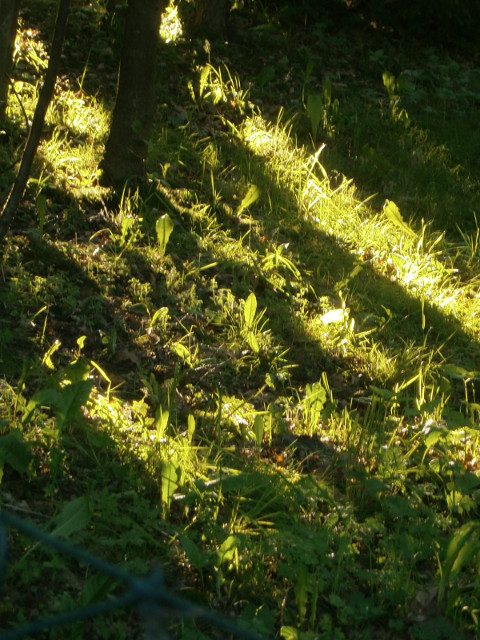Mo 09.Jun.2014
Loket, West Bohemia, Czech Republic
It has been a few busy weeks. As usual, the (Grateful) Deadheads have
gathered and celebrated in Plauen, Germany. I'll skip over that for now.
We've seen it before, and it was more fun to do than to tell about.
I rode south on the little single-track indy railroad to the forested region
of Bohemia. First the rolling fields morphed into canyons of fir and maple.
Then the language changed from German to Czech. Sunnuvagun! This shifting
from one world to another can come suddenly!
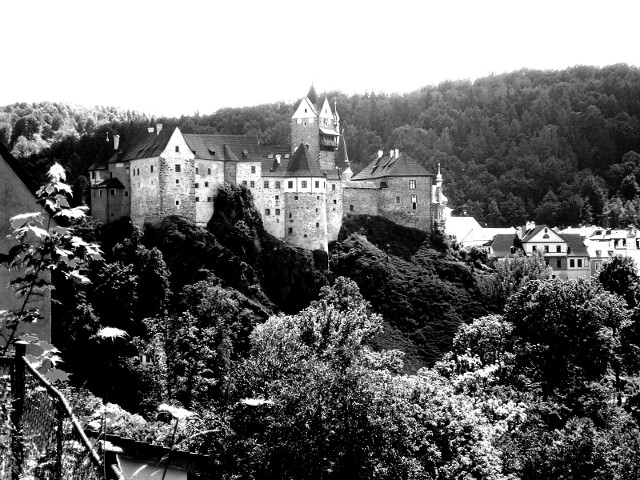

From some angles little Loket still looks like a scene from the 1700's, when
this was allegedly Goethe's favorite town.
Two days later, with bright sun, it also looks good in color.
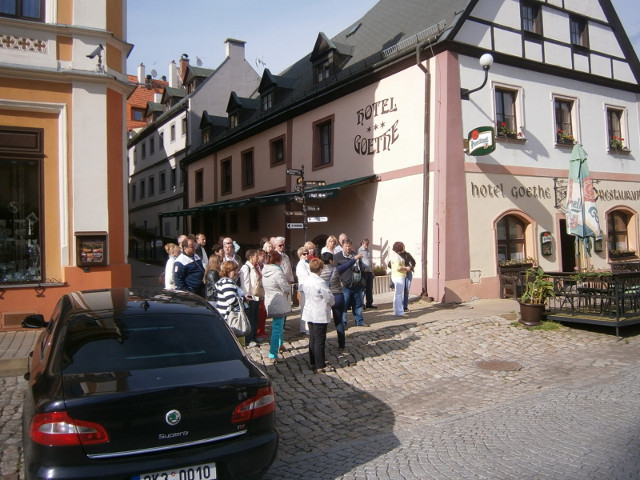
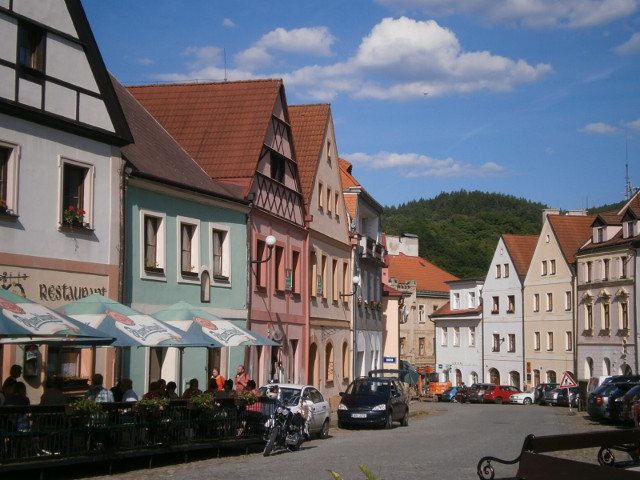
The town is a popular day trip from nearby,
Carlsbad. (Karlovy Vary in Czech; the three big-name spa towns in
Western Bohemia are better known by their German names, from the era when
they
were prestigious vacation spots for Europe's aristocrats.)
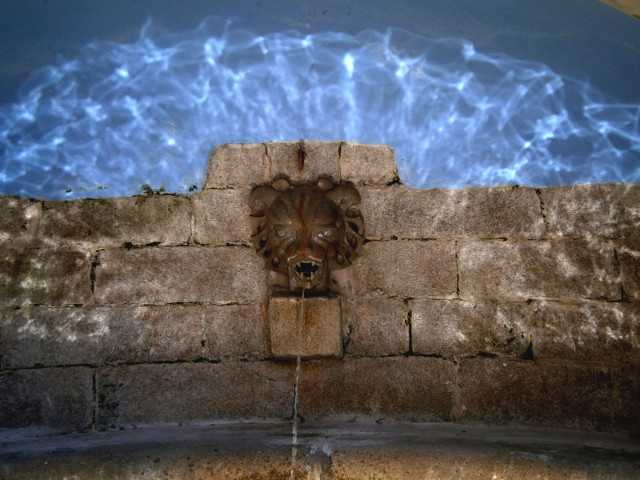
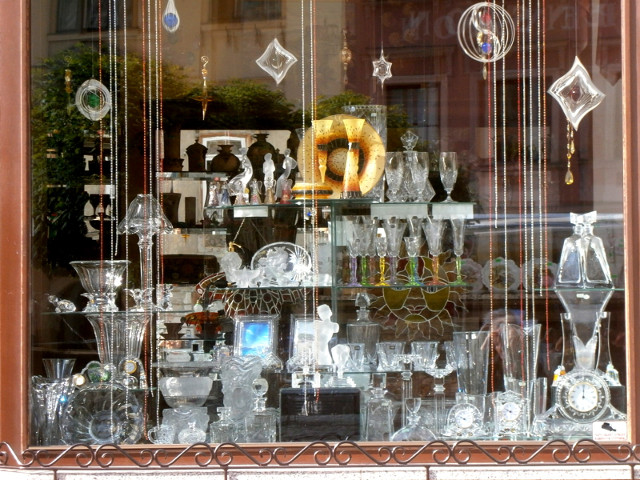
Bohemia is famous for glass, crystal and ceramics. Even tiny Loket has a
tourist shop of glassware.
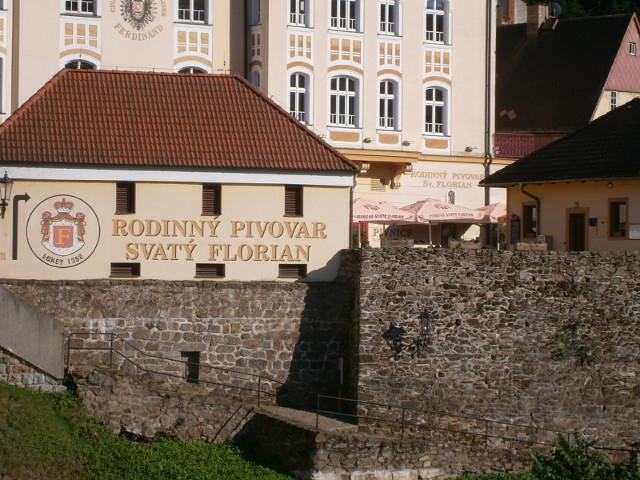
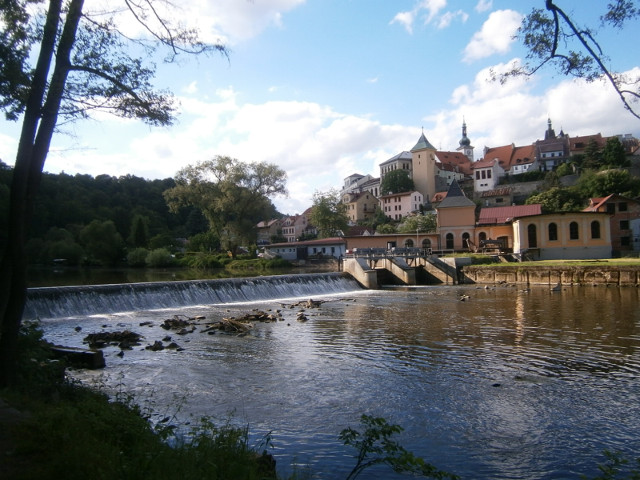
Saint Florian Family Brew Pub.
I'm told that it means "family-owned-and-operated".
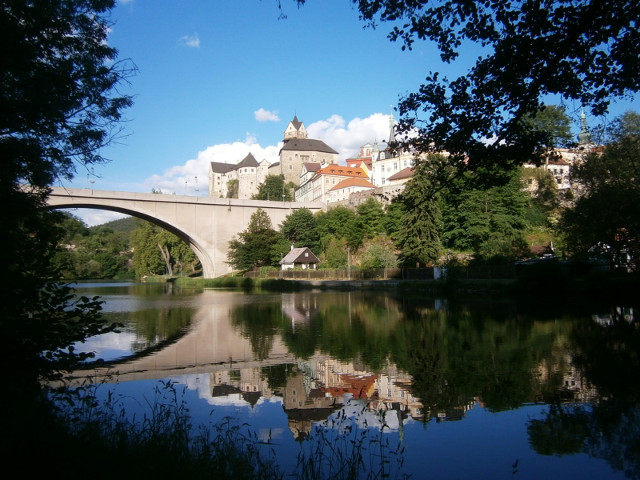
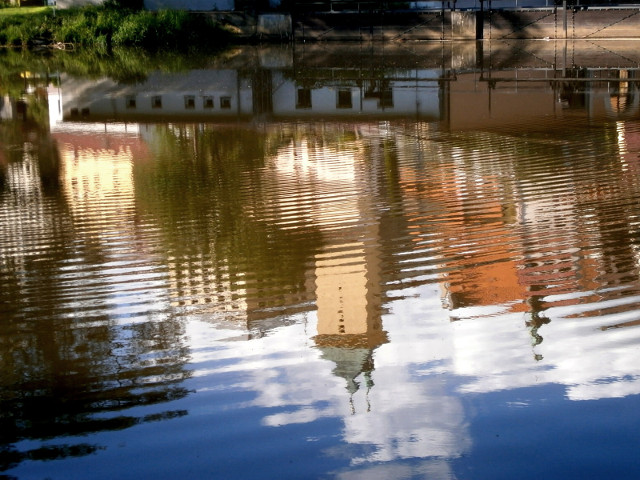
The main bridge into town. The main bus "station" is just outside this
bridge.
If I had come by bus, orientation would have been a snap. The tourist office
with its free maps is at the in-town end of the bridge.
Arriving by train was another matter. you cannot even see the town from
the train station, not for distance or hills, but for trees! This country
is thickly wooded! I eventually found the town, the tourist office, and my
reserved pension in that order. I had given myself an extra hour
to spare between my arrival and the time my host would expect me. I have
arrived in new
Czech towns before.
Loket sits on a small hill, circled almost completely by a 300-degree bend
in the Ohře river. The castle was once considered the strategic key
to Bohemia. The loop of the river gives the town its name, which means Elbow
in Czech
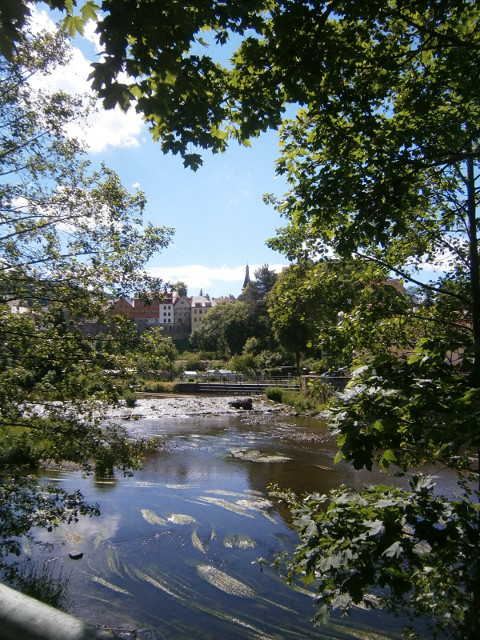
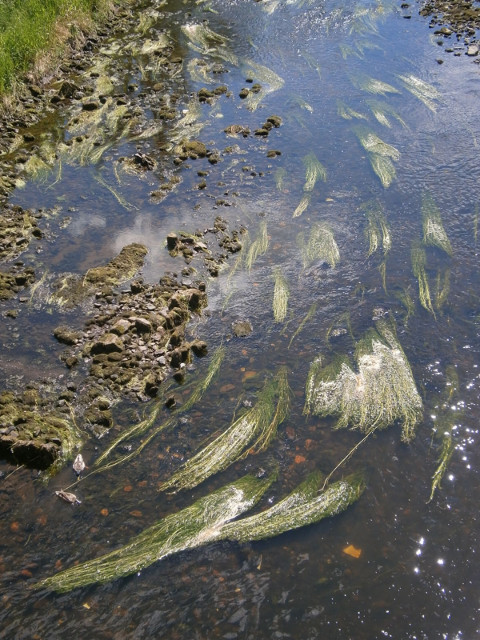
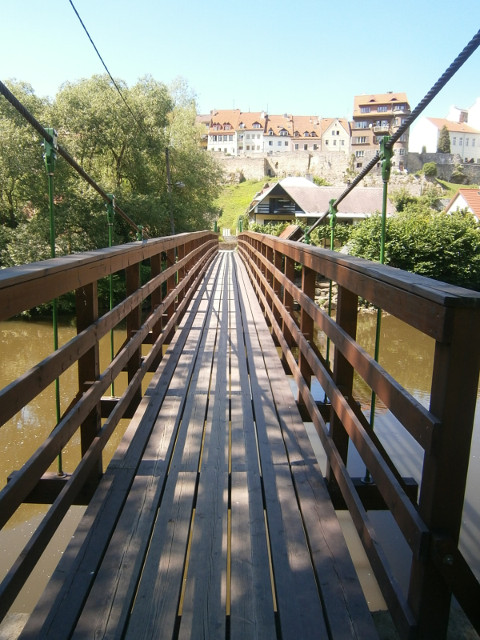
This pedestrian suspension bridge bounces under your feet as you walk
across it!
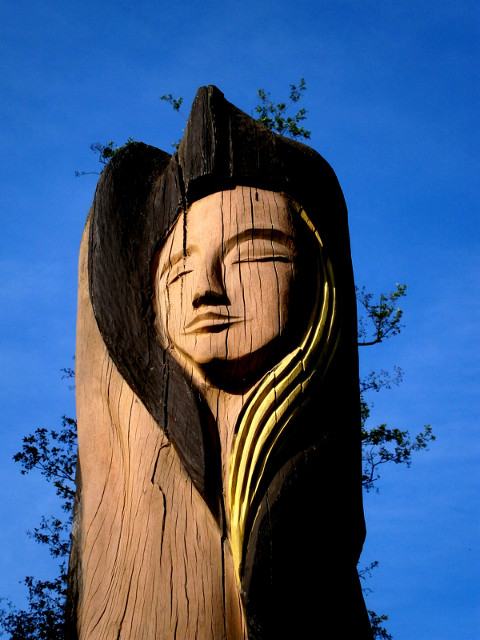
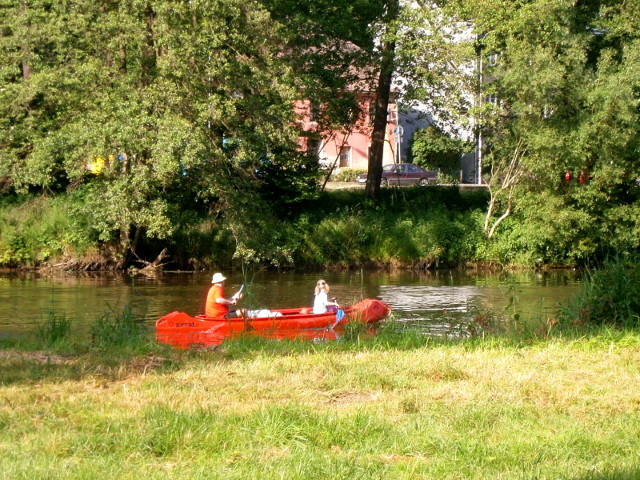
There is a lot of wood sculpture in public places here. Local tradition? Or
simply abundant material in this vast forest region?

